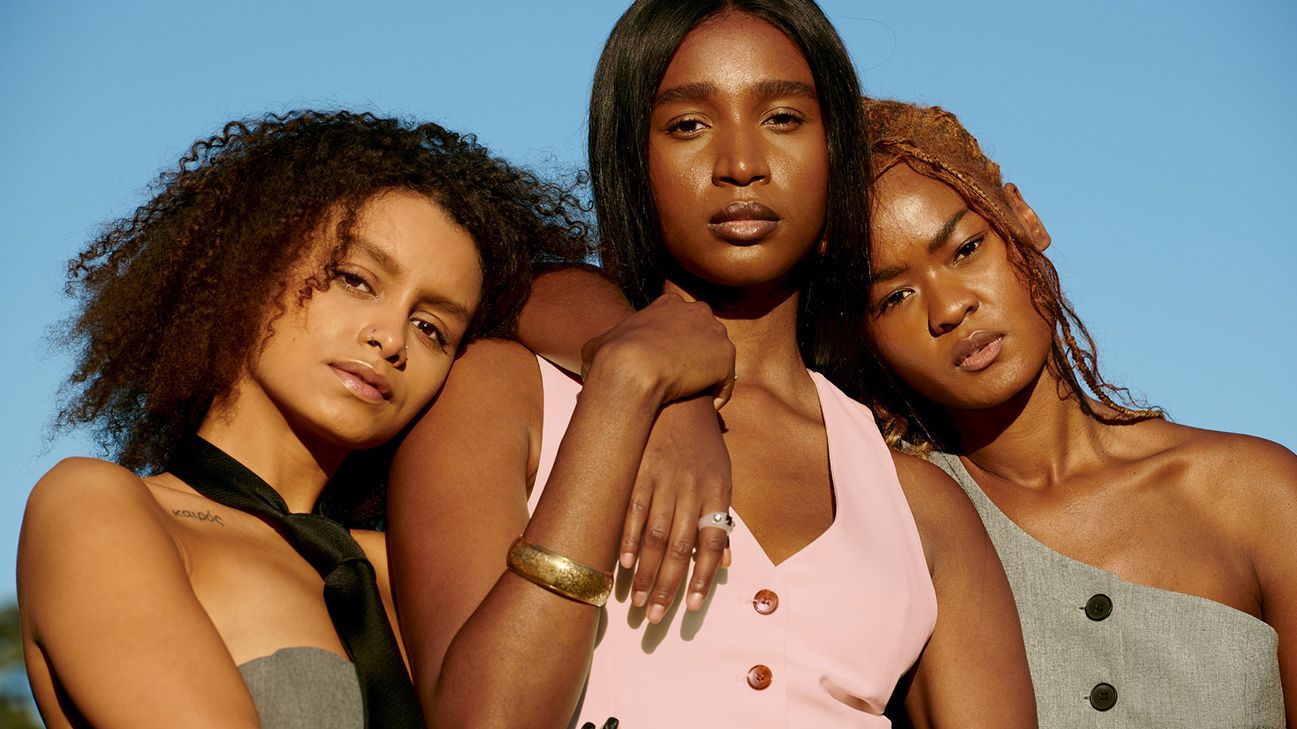European beauty standards are deeply ingrained cultural norms dictating ideal physical appearance. People often feel pressure to conform to these standards, leading to self-esteem issues and body dysmorphia.
Though we see flickers of progress come and go, European beauty standards — which essentially worship white physical features as the best — are still prevailing across popular culture.
Keep reading to learn more about the damaging beauty ideal. Plus, hear from Siena Liggins, an independent artist and songwriter, about how it affects the music industry and what’s necessary for change.

European beauty standards focus on specific physical features, including light skin and eyes, thin bodies and noses, and poker-straight hair, to name a few.
“It’s honestly just a trickle effect of something that just exists in our culture on a very wide scale,” Liggins says about European beauty standards.
The Western ideal defines beauty through thinness and whiteness, something American culture was all about for, you know, ever.
But beauty standards often shift in America, moving from one extreme like the rail-thin “heroin chic” look in the 90s to today’s adoration of big butts and busts, with a focus on exercise.
Still, whiteness remains the most represented ideal, and we still obsess over thin bodies, regularly debating which celebrities may or may not be on weight loss medication.
The impression the European beauty standards leave us with is that those who most closely match the call for light skin and eyes, thin noses, etc., are the best or most attractive people — leaving some people of color to internalize the messaging, resulting in feelings of self-hate.
This Western beauty ideal is not only exclusionary — shutting out Black, Indigenous, Arab, and Asian, Pacific Islander people — but it’s also deeply harmful.
The standard is unmistakably splashed across the entertainment and beauty industries, from not finding your makeup shade to not seeing your features represented in media.
It also penetrates our daily work and play, creating societal issues and difficulty with self-esteem that impacts everything from securing and keeping a job to socializing and education, starting as young as nursery school.
For one workplace example, a 2020 study found that white women or Black women with straightened hair are more likely to land job interviews than Black women wearing natural hairstyles like afros, twists, curls, or braids.
Some of the first research on skin color and self-perception among Black children included “the doll test.” Researchers presented Black children, aged 3–7, with four dolls that all looked the same — except for their skin color — and asked them a series of questions about which dolls were nicest or prettiest and which they liked best.
Two-thirds of the Black children chose the white doll. The test was repeated in a similar way in 2005, with 16 of the 21 preschool-aged Black children selecting the white doll.
Needless to say, the beauty standard also negatively impacts the educational system, romantic relationships, and a slew of other dynamics and environments.
“The reality is that you need people to challenge them if you’re ever going to see anything change,” Liggins says about beauty standards.
She points to “AMERICAN REQUIEM,” one song off Beyoncé’s country album Cowboy Carter.
“She talks about how for things to stay the same, they have to change again,” Liggins explains. Though she believes Beyoncé refers to a hope for peace and healing in the United States, Liggins says this concept can lend to beauty standards.
When it comes to the idealistic view that we put on celebrities and pop culture, Liggins says you have to reimagine what it looks like over and over again. “And what that requires is letting in new people, and it can’t just be from a vanity’s perspective,” Liggins says.
Coupled with who is represented in music videos, Liggins says change is also needed at a gatekeeper level. “It has to be the people who are coming up with the ideas and bringing them into fruition who also have to have diversity, not just a thought but of background, culture, and ethnicity,” she says.
Otherwise, Liggins says, we’ll only continue to see spikes in diversity, making inclusion more of a fad than a serious change.

